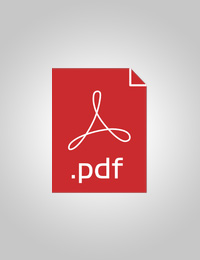
One Programme - UNDAF Mid Term Review
Completedon 5 Jun, 2017
Evaluation Plan
Planned End Date
Jun 2017
Evaluation Type
UNDAF
Management Response
Yes
Evaluation Budget
$50,000
Evaluation Title
One Programme - UNDAF Mid Term Review
Plan Period
Status
Completed
Type
UNDAF
Plan Date
5 Jun, 2017
Completion Date
5 Jun, 2017
Budget
$50,000
Expenditure
$0
Source of Funding
Project
Management Response
Yes
Quality Assessment
No
Joint Programme
Yes
Joint Evaluation
Yes
Joint With GNHC, all UN agencies and IPs
GEF Evaluation
No
Stakeholders
GNHC and UN agencies
Countries
Bhutan
Comments
Plan Period
Status
Completed
Type
UNDAF
Management Response
Yes
Plan Date
5 Jun, 2017
Quality Assessment
No
Completion Date
5 Jun, 2017
Joint Programme
Yes
Joint Evaluation
Yes
Joint With GNHC, all UN agencies and IPs
Budget
$50,000
GEF Evaluation
No
Expenditure
$0
Stakeholders
GNHC and UN agencies
Source of Funding
Project
Countries
Bhutan
Comments
Yes
Expand



Resived from Outcome level 1 & 3 MTR to One Programme UNDAF MTR based on UNCT's decision to be completed by Q2 2017